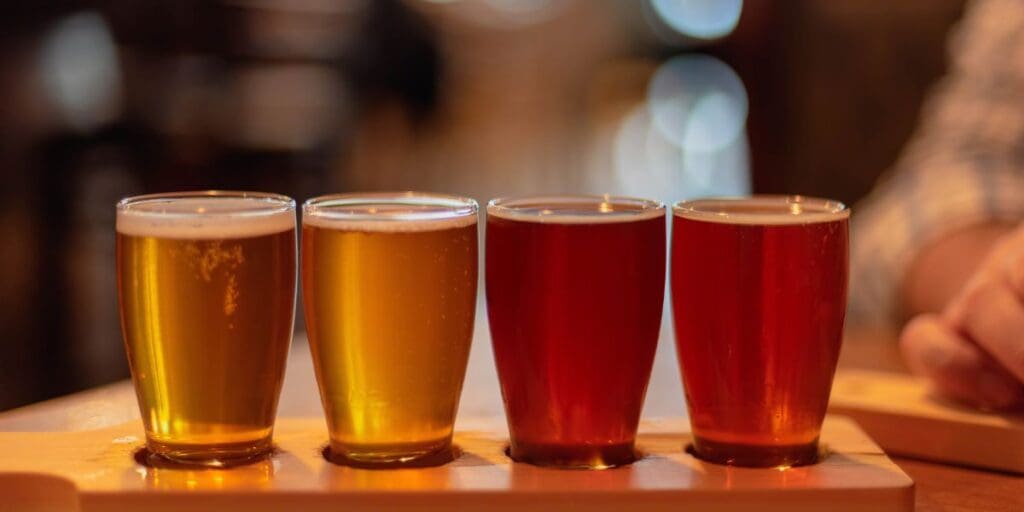In recent times, craft beer has become increasingly popular all over the world. In some countries, such as Germany, Belgium and the United Kingdom, craft beer is an established tradition, but there are other countries on the rise, such as Italy.
In recent years, there has been an increase in the number of craft brewers, encouraged by consumer interest. People, in fact, are rediscovering the desire to get together in company to enjoy a product with truly distinctive organoleptic characteristics and authentic taste.
How is a craft beer made?
We often talk about craft beer but not many people know how it is actually brewed and what distinguishes it from industrial beer. First of all, in order to be able to brew a craft beer, it is essential to be in possession of a number of high-quality ingredients, such as yeast for fermentation, gum arabic, etc., which can be purchased from websites specialised in this particular field, such as aeb-group.com/uk.
It is obvious that having all the ingredients is not enough, it is essential to respect every single stage of the process in order to create an excellent craft beer.
The first stage is malting, which is based on the immersion of the barley in special steeping tanks in order for the barley to receive more oxygen and moisture for germination.
The next stage, on the other hand, is that of grinding, the purpose of which is to break down the grain and increase its surface area in contact with water so as to have an immediate reaction in the next stage, i.e., during mashing.
The latter, in a nutshell, is the process that transforms the malt into wort, which is then boiled in a boiler and filtered to remove the grains. Once the liquid part has been separated, the hops, i.e. the main aromatic additive in the beer, are added.
After this is completed, the beer fermentation phase begins, where the transformation of the wort takes place. Finally, we move on to the beer maturation phase, during which the beer is left to mature at low temperatures, thus facilitating the blending of the ingredients used and giving the beer its unmistakable flavour, after which it is bottled.
What makes a beer craft?
The term ‘craft beer’ does not actually have a precise definition.
In some countries it can only be associated with products that meet specific requirements, such as production only in small independent breweries and the absence of industrial microfiltration and pasteurisation processes.
There are, however, ambiguities about the definition of ‘small brewery‘.
According to the Brewer’s Association of the United States, a small brewery is currently defined as having a production capacity of 6 million barrels per year. Furthermore, an industrial brewing company may not own more than 25% of the craft brewery in question.
Obviously, each country has different rules and regulations in this regard. For example, in Italy, it is stipulated that the brewery from which the craft beer originates must not exceed a maximum production of 200,000 hectolitres per year. Otherwise, the beer cannot be labelled as ‘craft’ and placed on the market under this designation.

